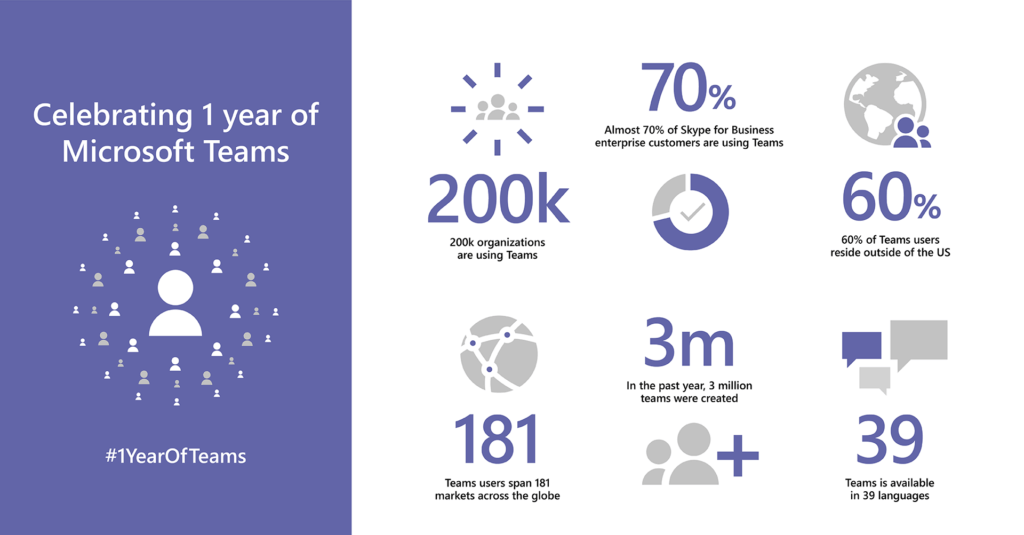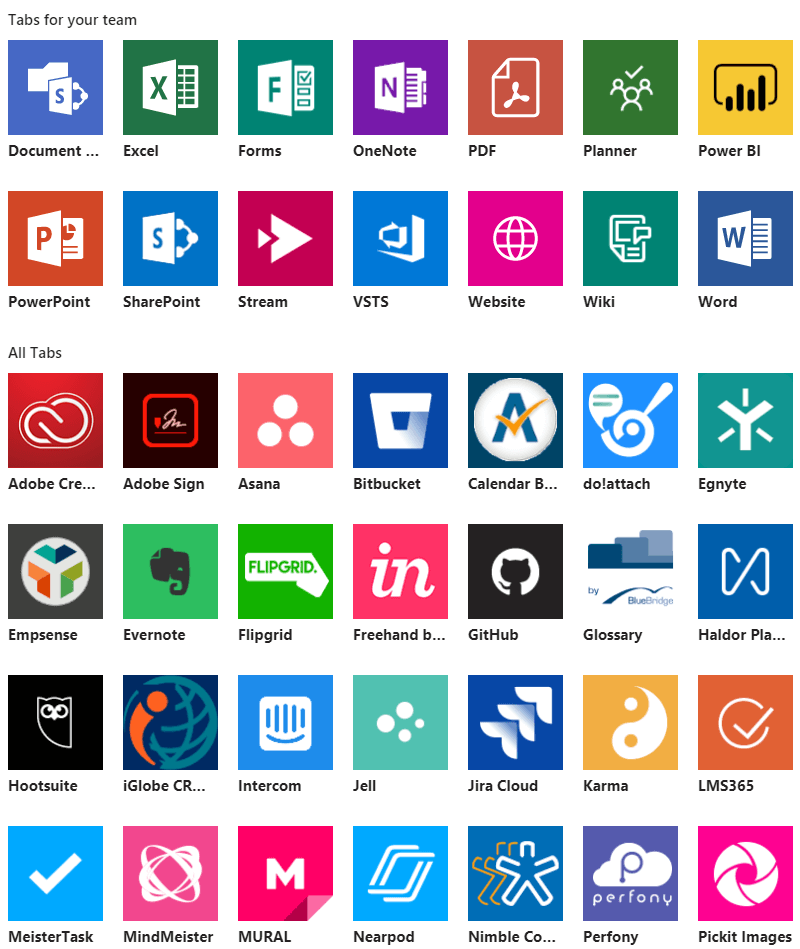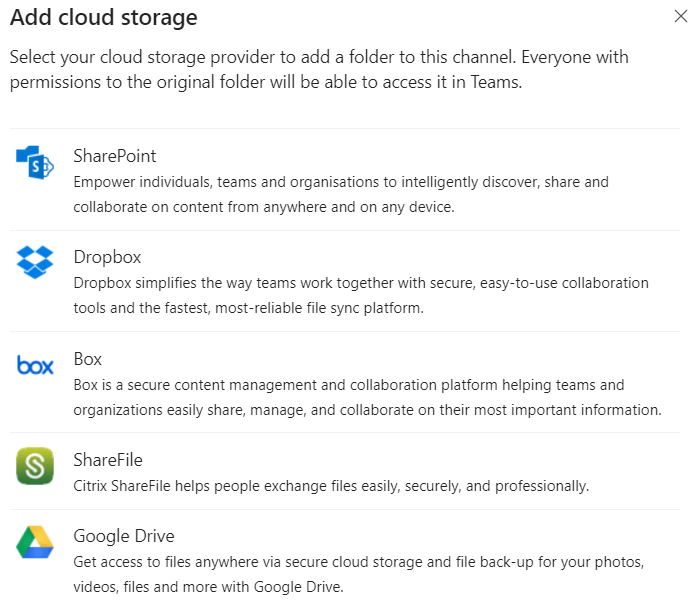
Just over a year ago when Teams was released I wrote about the differences between Teams, Groups and Yammer and concluded that Teams was the clear focus from Microsoft going forward.
Since the release of Teams, we have seen a dramatic reduction in client interest around Office 365 Groups, perhaps due to Microsoft Teams providing a whole new experience where Groups simply tried to pull existing experiences into a familiar tool; Outlook. As you may know, each Team is backed by an Office 365 Group so all the elements are there, but Teams ties them together in a much more collaborative way with the real-time Conversation Feed tying everything together.
Yammer has shown that in terms of features it is stable and the most mature product of the three in terms of where Microsoft intends to take it. Very little has changed for better or worse with the Enterprise Social tool and although it still remains a valuable part of Office 365 I don’t foresee any new features or major updates – perhaps just some minor integration with future Office 365 products.
What has changed?
Teams lacked a few key features when it first launched, but as promised Microsoft have been actively gathering and responding to feedback on User Voice and implementing the most-requested features. So, what has changed?
- Guest Access – external users can now join your Teams to collaborate so you can hide the complexity of systems like SharePoint and just
- Lots of new connectors – Teams allows you to connect to other systems and surface the information in Tabs. As popularity and usage has risen so have the number of 3rd party connectors.

- Improved Planner integration – while not something I have been using personally, Planner is regularly used in Teams, but it is not fully featured just yet as it lacks support for reminders and external access. However, the basic features are all there and working natively in the Teams client.
- Flexibility – the first release of Teams had a lot of instances where you were forced to work in a specific way. For example; the Files tab was linked to the Document Library automatically created for that Team. Now a lot of these issues are simple configuration options – in this case we can Add Cloud storage which can be connected to an existing SharePoint site, or even a Dropbox account shared with a client organisation.

- Governance – Office 365 Administrators are able to control who in the organisation is able to create new Teams. It is not completely straightforward but you can follow the instructions
What is still missing?
While there have been a huge number of improvements to Teams, there are still some issues. Having said that, all the items in this list of “Missing” features are being actively worked on.
- Governance - Modern SharePoint site collections such as those created for Teams are not shown in the Classic SharePoint Admin centre and therefore cannot be easily configured or deleted by Administrators. Eventually, the Modern SharePoint Admin centre will be released and will list both Classic and Modern site collections, but this has been a long time coming and it is currently only available in Preview.
- Full integration of Skype for Business features – I suspect it will take a long time to get everything from Skype into Teams, but a lot of progress has been made. You can see the full roadmap for this integration from Microsoft here but in summary:
- Persistent 1:1 and Group chats available
- Meetings, conferencing, screen sharing, “give control” all available
- Telephony is available but it is lacking a number of specific features – for more details view the roadmap
- Video recording of meetings is being worked on
- Group Calendar – currently the group calendar is still most easily accessed using Outlook, but Microsoft want to make this available directly in the Teams client.
- More viewing options for the Conversations tab such as “compact” view, ability to hide certain elements, “auto-scroll for new messages” option and so on.
So should we be using Teams?
Last year I said that “Teams will eventually provide a very powerful set of features to match Office 365 Groups, and perhaps even become the client application for Office 365 Groups…”. “Yammer makes a lot more sense as this will be the pure Enterprise Social product, while Teams will be the Enterprise Collaboration product, essentially combining Skype for Business, Office 365 Groups features and threaded conversations into a fully featured collaboration client.”
Microsoft Teams has genuinely made a big splash in its first year and I can say for certain now that it is here to stay and that despite being the underlying technology of a Team, Office 365 Groups are likely to fade out of the public consciousness as Teams becomes the standard interface and way of working for collaboration. Yammer is still relevant as it is not used at all for collaboration, but for social communication. Many of my colleagues will now have Outlook, Teams and Yammer desktop apps open as they all serve their specific purpose.
If your organisation is not using Teams yet, get a pilot group together, create a team and try it out! Link it to your current collaborative spaces and see how you could benefit.
Need help getting started?







